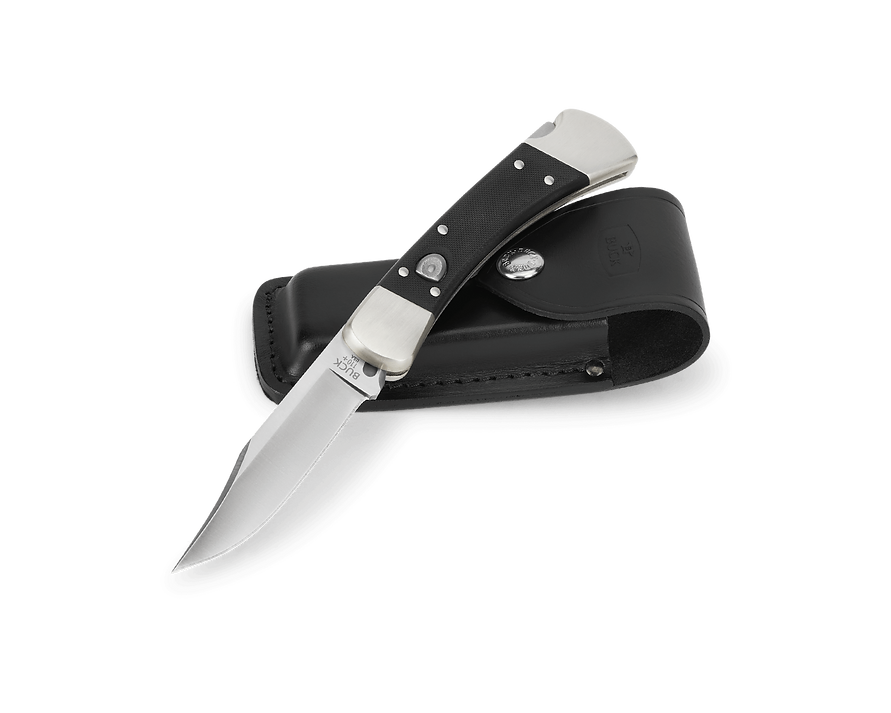Knife Sharpening Tips for Beginners: Master Your Skills
- homesteadedc
- Sep 22
- 3 min read
Updated: Oct 6
Are you new to the world of knife sharpening and looking to improve your skills? Sharpening knives can be a rewarding and beneficial practice. It ensures your blades stay in optimal condition for all your cutting needs. Here are some knife sharpening tips for beginners to help you get started:
Understanding Knife Sharpening
Choose the Right Sharpening Stone
Investing in a high-quality sharpening stone is crucial for effectively sharpening your knives. Look for a stone with a grit level suitable for your blade. Use lower grit for repairing damaged edges and higher grit for refining the edge.
Understand the Angle
Maintaining the right angle while sharpening is key to achieving a sharp edge. Most knives have a bevel angle between 15-20 degrees. Consistency in angle throughout the sharpening process is essential for a uniform edge.
Start Slow
If you're new to sharpening, it's best to start slow. Practice on an old or inexpensive knife to gain confidence. Take your time to understand the sharpening technique before moving on to your more valuable blades.
Use Proper Technique
Whether you're using a sharpening stone, honing rod, or other sharpening tools, it's important to follow the correct technique. Maintain a steady hand and apply even pressure while sharpening. This helps avoid uneven edges.
Regular Maintenance
Don't wait for your knives to become dull before sharpening them. Regular maintenance, such as honing with a rod or touch-ups on a sharpening stone, can help prolong the sharpness of your blades.
Test the Edge
After sharpening, always test the edge of your knife to ensure it meets your expectations. A sharp knife should effortlessly slice through paper or fabric without snagging.
Safety First
When sharpening your knives, prioritize safety. Always secure the blade properly. Use cut-resistant gloves if needed, and be mindful of the sharpening process to avoid accidents.
Advanced Knife Sharpening Techniques
Understanding Different Types of Sharpening Tools
There are various tools available for sharpening knives. Each has its own advantages and disadvantages. Understanding these can help you choose the right one for your needs.
Whetstones: These are traditional sharpening stones. They come in different grits and require water or oil for lubrication. They offer excellent control over the sharpening process.
Honing Rods: These are used for maintaining the edge of a knife. They don't sharpen but realign the blade. Regular use can keep your knife sharp longer.
Electric Sharpeners: These are convenient and quick. However, they can remove more material than necessary, potentially shortening the life of your knife.
Pull-Through Sharpeners: These are easy to use and portable. They can be effective for quick touch-ups but may not provide the best edge.
The Importance of Knife Care
Proper care of your knives extends beyond sharpening. Here are some tips to keep your knives in top condition:
Clean After Use: Always wash your knives by hand. Avoid putting them in the dishwasher, as this can dull the blade.
Store Properly: Use a knife block, magnetic strip, or blade guards. This prevents damage to the edge and keeps your knives safe.
Avoid Cutting on Hard Surfaces: Use wooden or plastic cutting boards. Hard surfaces can chip or dull your blade.
Conclusion
By incorporating these knife sharpening tips into your routine, you can enhance your skills and keep your blades in top condition for all your cutting tasks. Remember, practice makes perfect. Don't get discouraged if your first attempts aren't flawless. With time and dedication, you'll become a pro at sharpening knives like a seasoned enthusiast.
For more detailed information, check out this guide on knife maintenance.



Comments